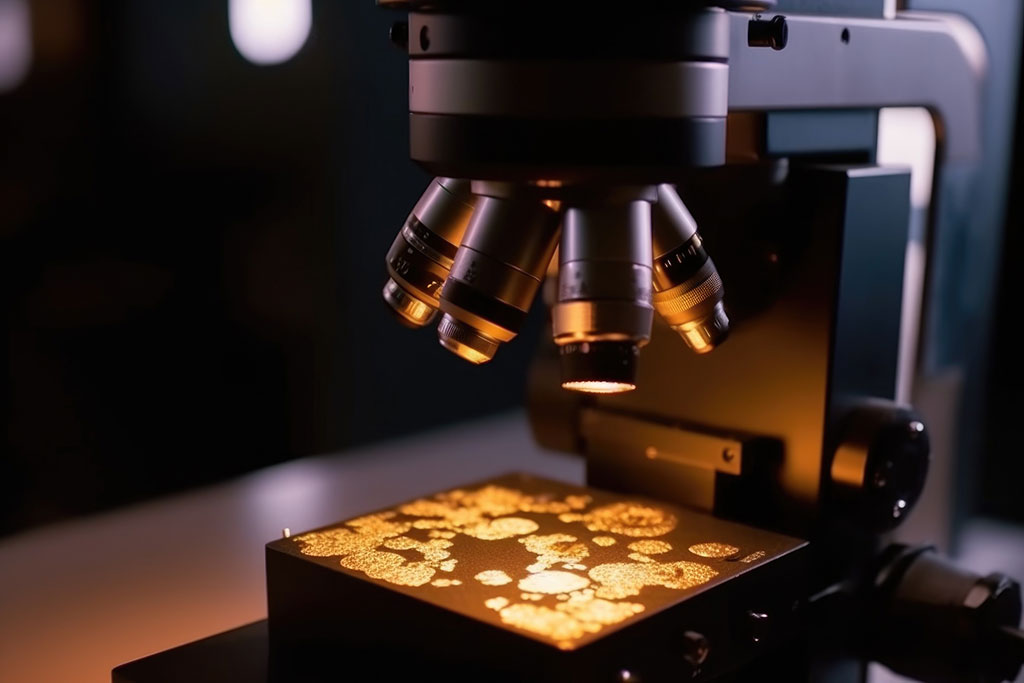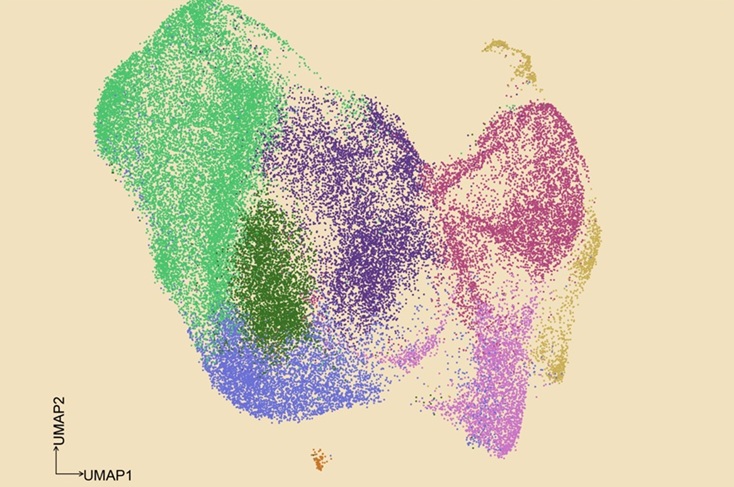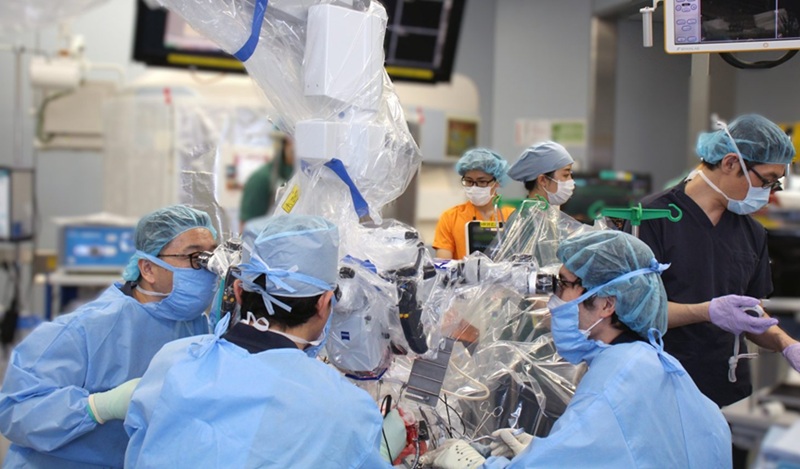AI-Driven Deep-Tissue Imaging System Enables Visualization of Inner Workings of Cells and Tissues
Posted on 11 Dec 2023
Optical microscopy, a fundamental tool for visualizing cells and tissues, reaches its limits at the diffraction threshold, beyond which finer cellular and tissue features remain unresolved. This limitation affects traditional light microscopes commonly found in educational and medical settings, hindering their ability to clearly visualize minuscule entities like viruses, bacteria, and intricate internal cell structures. However, the advent of single-molecule localization microscopy has shattered this barrier, enhancing light-based observation resolution by 10 to 100 times. Now, the integration of artificial intelligence (AI) into these advanced "super-resolution" imaging systems is enabling scientists to observe the inner workings of cells and tissues without any limitations.
AI's increasing integration into various fields has led to significant advances in deep-tissue imaging technology, one of the most thrilling developments in modern science. This progress allows for deeper and more detailed insights into the most basic biological processes, illuminating aspects of human development and various diseases. A notable application of AI is now being seen in the biomedical field, where it is employed to control and enhance the capabilities of single-molecule microscopy. This innovation has led to groundbreaking possibilities in nanoscale optical imaging, enabling detailed visualization of the brain's 3D ultrastructure and amyloid beta fibrils, both in healthy and diseased states, offering potential insights into conditions like autism and Alzheimer’s disease.

The latest breakthrough achieved in this area through a multi-lab collaboration that included investigators from Purdue University (Lafayette, IN, USA) involves the development of deep-learning-driven adaptive optics within imaging systems. Researchers have created a mechanism that uses AI to monitor single-molecule emission images, assess the complex distortions caused by tissue, and autonomously adjust a sophisticated 140-element mirror device in real-time to correct and stabilize these distortions. This advancement has enabled deep-tissue, super-resolution imaging through specimens as thick as 250 μm, a significant improvement from previous capabilities. With a resolution of 20-70 nm, this technology has successfully delineated the ultrastructure of dendritic spines and amyloid beta fibrils in the brain, marking a significant step forward in the field.
“Imaging through tissues is challenging, due to the distortion and blurring, called aberration, caused by the highly packed extracellular and intracellular constituents. In our imaging systems, which detect individual biomolecules in the three-dimensional tissue space with a precision down to a few nanometers, aberration is the disabling factor for visualizing molecular tissue architecture at its full definition,” said Fang Huang, whose research team built the novel AI engine.
“This technology arrived at a unique moment,” said Landreth, whose lab focuses on the biological basis of Alzheimer’s disease and how genetic risk factors influence disease pathogenesis,” added Gary Landreth, the Martin Professor of Alzheimer’s Research at the Indiana University School of Medicine. “With the recent validation of therapeutic targeting of amyloid and preservation of cognitive function for Alzheimer’s disease, our AI-driven, deep-tissue imaging system is positioned to advance the understanding of AD and evaluate potential therapeutics. This is a particular exciting time given the recent FDA approval of new AD drugs.”
Related Links:
Purdue University













